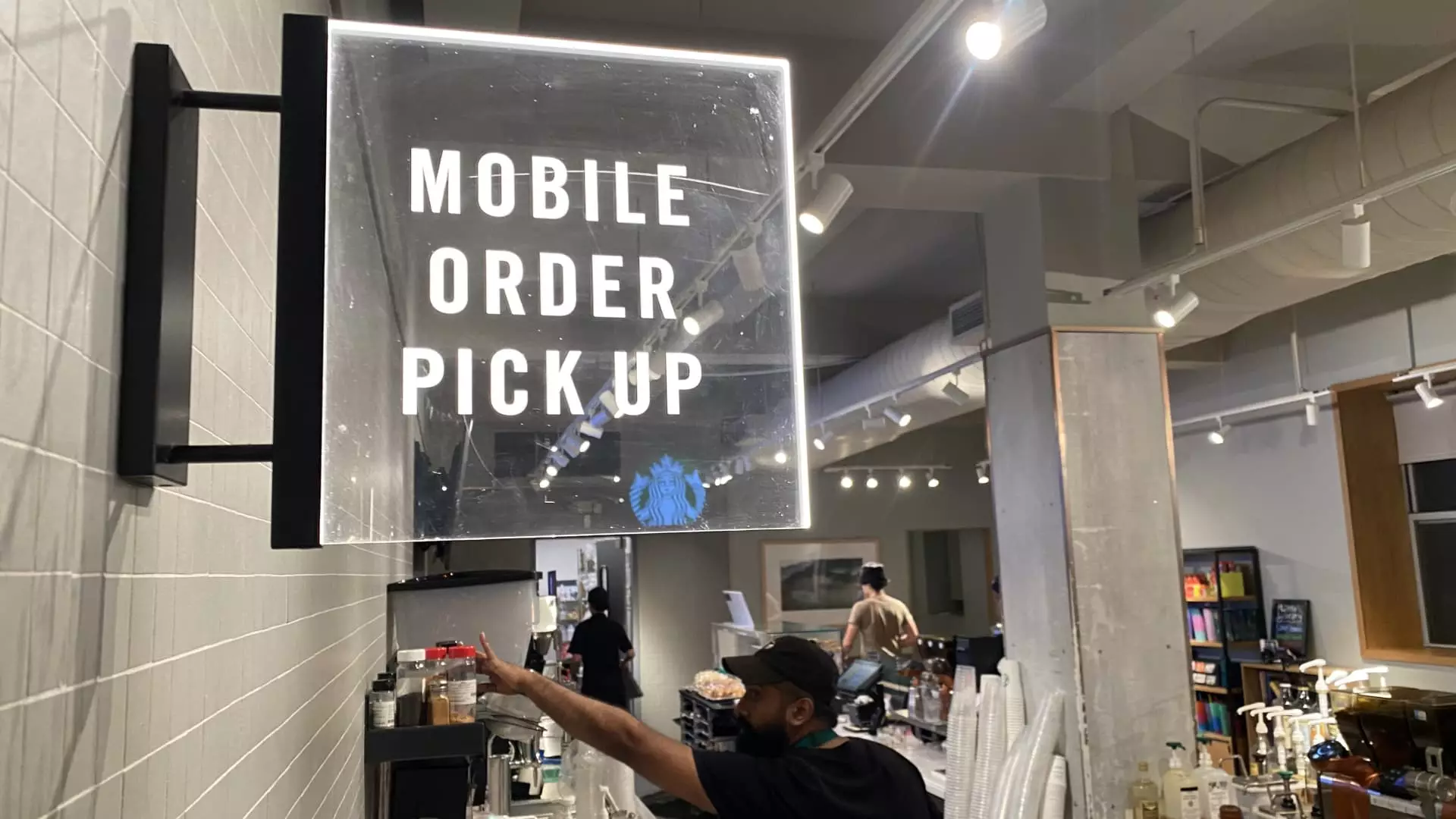Starbucks, a once-beloved coffee chain, is now struggling to keep up with the demands of mobile orders, leaving frustrated customers and overwhelmed baristas in its wake. The incoming CEO, Brian Niccol, faces the daunting task of turning around the struggling giant, with operational issues at the forefront. Investors and executives have highlighted the challenges faced by the chain, attributing sales decline to operational inefficiencies and a deteriorating consumer base. Former CEO Howard Schultz even went as far as calling the mobile app the “biggest Achilles heel for Starbucks,” pointing to the complexity of mobile orders and their impact on both employees and customers alike.
The Decline of Starbucks’ Third Place Reputation
Once positioned as a “third place” between work and home, Starbucks has lost its appeal as more consumers opt for the convenience of mobile ordering rather than lingering in its cafes. This shift in consumer behavior has not been adequately addressed by the chain, leading to overcrowded stores and long wait times. This failure to anticipate changes in consumer preferences has been attributed to Schultz’s departure as CEO and Kevin Johnson’s tenure, during which the company failed to invest in the necessary technological refinements to keep pace with the digital age.
In contrast to Starbucks’ struggles, Niccol’s current employer, Chipotle, has successfully capitalized on the shift towards online ordering. With 35% of its revenue now coming from digital orders, Chipotle has strategically invested in a second prep line for online orders and drive-thru lanes exclusively for digital pickup. Niccol’s innovative promotions, such as sports stars’ favorite orders and the launch of digital-only quesadillas, have further propelled Chipotle’s success in the digital space.
The increased pressure on Starbucks baristas due to digital orders has led to burnout and even inspired some employees to unionize. Starbucks Workers United has pushed for changes, such as turning off mobile ordering during promotions, to alleviate the strain on employees. While Starbucks has introduced measures to speed up service and improve the baristas’ work experience, such as the introduction of the “Siren Craft System,” more drastic measures may be necessary to combat the ongoing operational issues.
To revamp Starbucks and address its operational challenges, Niccol must prioritize streamlining mobile orders, improving service efficiency, and reducing barista strain. Accelerating the rollout of new equipment, investing in training, and implementing changes to speed up service times are essential steps in restoring Starbucks to its former glory. Niccol’s credibility and strategic vision will be key in gaining investor confidence and driving the necessary changes to overcome Starbucks’ operational hurdles.

